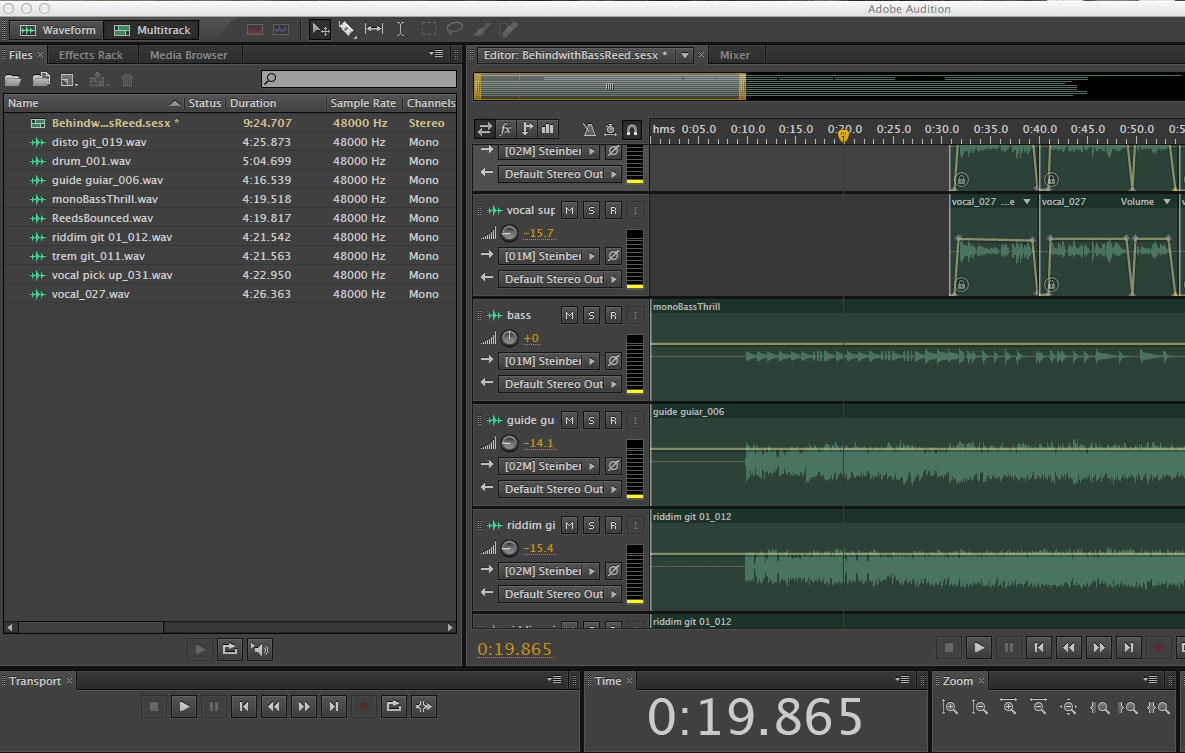Adobe Audition stands as a pinnacle in the realm of audio editing software, renowned for its robust feature set and versatile capabilities. However, despite its myriad of functions, users may sometimes find themselves yearning for certain features that they believe would enhance their workflow or address specific needs. In this comprehensive investigation, we’ll embark on a journey to uncover the elusive missing features in Adobe Audition, scrutinize their absence, discuss potential workarounds, and offer insights into how users can optimize their audio editing experience.
Understanding the Quest for Missing Features:
The quest for missing features in Adobe Audition often stems from the diverse and evolving needs of its user base. While the software boasts an extensive array of tools for audio editing, mixing, and mastering, each user may have unique requirements or preferences that may not be fully accommodated by the existing feature set. Whether it’s advanced processing capabilities, specialized effects, or streamlined workflow enhancements, the absence of certain features may leave users longing for more comprehensive solutions.
Identifying Commonly Requested Features:
- Advanced Noise Reduction: Users often seek more advanced noise reduction tools to tackle challenging audio cleanup tasks, such as reducing background noise, eliminating hums, or restoring damaged recordings with greater precision and efficiency.
- Automatic Pitch Correction: The absence of automatic pitch correction features in Adobe Audition leaves users reliant on third-party plugins or external software for pitch correction tasks, such as tuning vocals or correcting pitch discrepancies in musical recordings.
- Enhanced MIDI Support: While Adobe Audition offers basic MIDI editing capabilities, users may desire more comprehensive MIDI support, including advanced MIDI routing, virtual instrument integration, and MIDI controller compatibility for enhanced music production workflows.
- Dynamic EQ: The lack of dynamic EQ functionality in Adobe Audition limits users’ ability to apply frequency-dependent compression or expansion to audio signals, resulting in less flexibility for shaping the tonal balance of their mixes.
- Batch Processing: Users often request more robust batch processing capabilities in Adobe Audition to streamline repetitive tasks, such as applying effects or processing multiple audio files simultaneously, saving time and improving efficiency in their workflow.
Exploring Workarounds and Alternatives:
- Third-Party Plugins: In many cases, users can augment Adobe Audition’s feature set by integrating third-party plugins or external software solutions that offer the missing functionality. By exploring the vast ecosystem of audio plugins and tools available, users can enhance their capabilities and address specific needs that are not met by Adobe Audition alone.
- Workflow Optimization: While certain features may be absent from Adobe Audition, users can often optimize their workflow by leveraging existing tools and functionalities in creative ways. By mastering the software’s existing features and exploring alternative approaches to audio editing tasks, users can achieve their desired results more effectively.
- External Integration: Adobe Audition integrates seamlessly with other software applications and services within the Adobe Creative Cloud ecosystem, allowing users to leverage complementary tools such as Adobe Premiere Pro for video editing or Adobe After Effects for visual effects and motion graphics. By combining the strengths of different applications, users can achieve more comprehensive and polished audiovisual productions.
Advocating for Future Enhancements:
- Community Feedback: Adobe actively solicits feedback from its user community through forums, surveys, and other channels, providing users with opportunities to voice their opinions, request features, and contribute to the ongoing development of Adobe Audition.
- Product Updates: Adobe regularly releases updates and new versions of Adobe Audition, introducing enhancements, improvements, and new features based on user feedback and industry trends. By staying informed about updates and participating in beta programs, users can influence the direction of future developments and advocate for the inclusion of missing features.
- Creative Collaboration: Adobe fosters a collaborative environment where users, developers, and industry professionals come together to share knowledge, exchange ideas, and inspire innovation. By engaging with the broader creative community, users can contribute to the evolution of Adobe Audition and shape its future direction.
Conclusion:
While Adobe Audition undeniably stands as a formidable tool for audio editing and production, the quest for missing features reflects the dynamic nature of creative endeavors and the evolving needs of its users. By recognizing and addressing the gaps in its feature set, Adobe Audition continues to evolve and adapt to the ever-changing landscape of audio production, empowering users to unleash their creativity and achieve their artistic vision with unparalleled precision and control.
